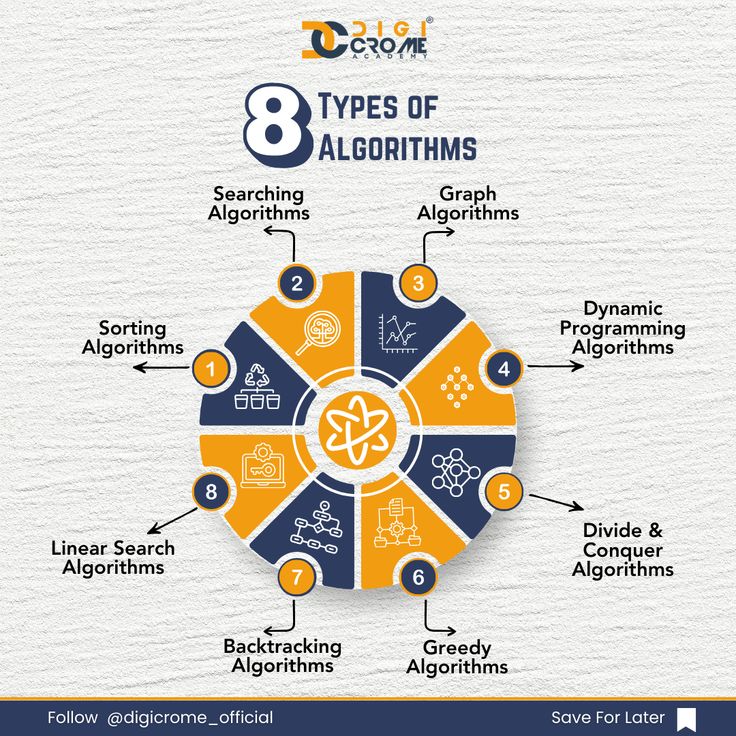Sorting Algorithms And Searching Algorithms
Techniques to arrange data in a specific order like Quick Sort, Merge Sort, Bubble Sort. And methods to locate specific data within a structure like Binary Search, Linear Search.
Graph Algorithms
Algorithms used to process and analyze graph data structures (e.g., BFS, DFS, Dijkstra's Algorithm).
Dynamic Programming Algorithms
Techniques for solving problems by breaking them down into overlapping subproblems (e.g., Knapsack Problem, Longest Common Subsequence).

